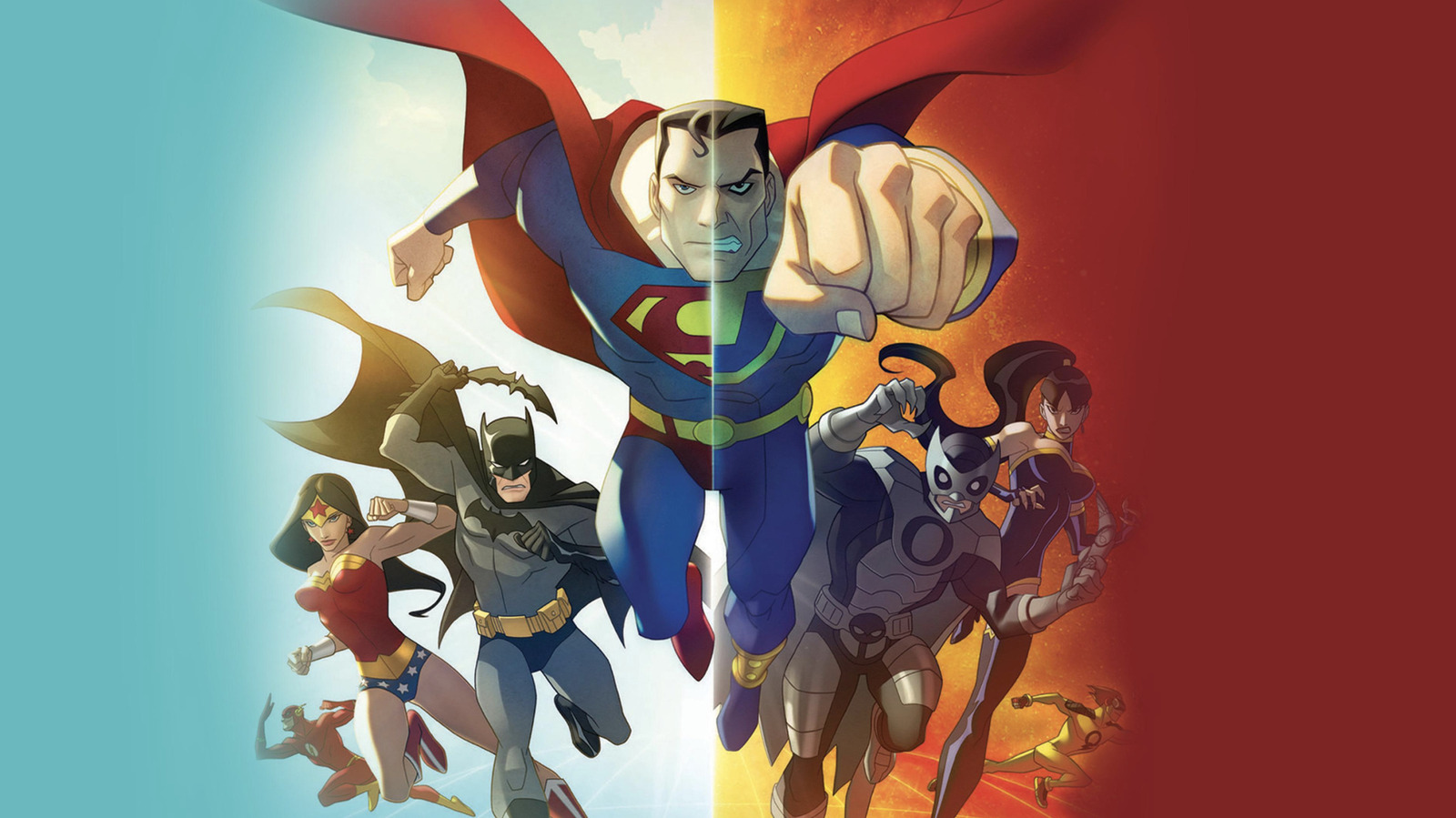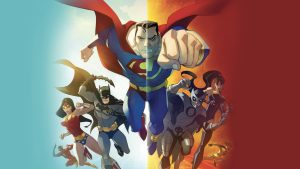
Justice League: Crisis On Two Earths Stands Tall as the Premier Superhero Multiverse Film
In the landscape of superhero cinema, the multiverse has become a frequent theme. Yet, one film best embodies what the concept truly means: Justice League: Crisis On Two Earths. Released in 2010 and helmed by directors Sam Liu and Lauren Montgomery, with a script by the late Dwayne McDuffie, this animated feature has carved a niche amidst the plethora of multiverse narratives, offering a strikingly nuanced approach to the genre.
The trend of interconnected superhero films began in the 2010s, laying the groundwork for a cinematic universe model that echoed comic book storytelling. By the 2020s, directors and writers ventured into the complexities of the multiverse, wherein past incarnations of heroes could not only coexist but interact with their modern counterparts. Many films have utilized this concept, but too often it has been about pandering to nostalgia and fan service—think of Michael Keaton’s resurgence as Batman in The Flash, which did little to drive the movie’s commercial success.
Crisis On Two Earths set itself apart right out of the gate, with an engaging premise: the Justice League faces off against their malevolent counterparts known as the Crime Syndicate, who seek to conquer their own universe. It is a film steeped in backstory; originally intended to bridge the animated Justice League series and its follow-up, Justice League Unlimited, the movie faced various hurdles before emerging with a fresh art style and voice cast that differentiated it from the beloved DC Animated Universe.
Animation-wise, Crisis on Two Earths may not reach the innovative heights of the Spider-Verse films, adopting a more traditional aesthetic that some may find less appealing than the distinct Bruce Timm style. However, McDuffie’s screenplay remains the film’s backbone, imbuing it with intellectual heft amidst the action.
It’s important to recognize that superhero multiverses are not exclusively a Hollywood invention—they mirror the narratives in comic books. The concept of parallel worlds has delighted fans for decades, stemming back to the landmark tale “The Flash of Two Worlds,” crafted by Gardner Fox and Carmine Infantino in 1961. This story reintroduced the original Flash, Jay Garrick, showcasing the idea of superheroes existing across various realities—a theme that would echo throughout comics for years.
Crisis on Two Earths does more than just play with the notion of multiverses; it dives into deeper philosophical waters, especially through its primary villain, Owlman, an evil iteration of Batman. Voiced chillingly by James Woods, Owlman’s perspective on the multiverse is bleak, viewing it not as a realm of endless possibility but as an expanse of nothingness. His nihilistic worldview suggests that individual choices are meaningless in the grand scheme because, in alternate realities, every action is countered by its opposite.
This thesis raises potent questions about identity and existence. In a scenario where every conceivable version of oneself exists simultaneously, what becomes of individuality? Owlman embodies the cold rationality that shuns the very essence of human value. He yearns to annihilate Earth-Prime, believing that to eradicate reality entirely would imbue his existence with true significance—the only choice devoid of counteraction.
Yet, the film ultimately presents a stark contrast in ideologies. While Owlman represents despair and the rejection of free will, Batman embodies resilience and an unwavering belief in the possibility of change. The exchange between Batman and Owlman presents an enriching philosophical discourse, where Batman asserts, “We both looked into the abyss, but when it looked back at us, you blinked.” Here lies the crux of the narrative: the power of choice and the potential for transformation.
In conclusion, Justice League: Crisis on Two Earths may lack the high-profile accolades of some of its contemporaries, but its exploration of the multiverse concept transcends mere entertainment. It offers profound insights into human nature and the weight of individual decisions, solidifying its place as a standout in the realm of superhero cinema.





